The Future of Health Tech in 2023
The healthcare industry has witnessed a significant transformation in the past decade with the integration of technology. From wearable devices for monitoring vital signs to artificial intelligence (AI) for disease diagnosis, the possibilities for health tech seem limitless. The future of health tech holds immense potential to revolutionize patient care, streamline medical procedures, and improve health outcomes.
This article discusses the healthcare technologies that experts predict will revolutionize healthcare in the next decade. We will explore how these advancements could alter the way we view and interact with medical care.
Transparency Into the Medical Life Cycle
Transparency in the medical life cycle is important. It allows us to track and trace products and processes throughout the entire medical supply chain. This enables us to identify potential issues and take preventive steps, if necessary.
The concept of the digital supply chain is based on using modern technologies. These technologies include blockchain, IoT, and RFID. They are used to create detailed, secure, and unalterable records. This record contains information about every stage in the lifecycle of medical products.
The record covers the period from production to disposal. This approach enables healthcare providers and patients to have greater visibility and control over medical products and services. It leads to improved quality of care, reduced costs, and increased safety.
The transparency of the medical life cycle has become an increasingly important issue in recent years. This is due to the rise of counterfeit drugs, and medical devices, and concerns over patient privacy and data security. The healthcare industry faces several challenges in ensuring the safety and effectiveness of medical products and services.
Healthcare Technologies in the Upcoming Years
Below are the healthcare technologies in the upcoming years:
1. Artificial Intelligence (AI) for Diagnosis and Treatment
Artificial Intelligence (AI) has the potential to revolutionize healthcare by making diagnosis and treatment more accurate, efficient, and accessible. In the next 10 years, AI is expected to play a major role in healthcare, particularly in diagnosis and treatment.
AI is able to process large amounts of medical data. This data includes patient history, lab results, and imaging scans. AI can identify patterns and trends which may be hard for human doctors to spot. This can lead to more accurate diagnoses and better treatment outcomes.
Additionally, AI can assist doctors in creating personalized treatment plans for individual patients. This is based on their unique medical history and genetic makeup.
AI-powered chatbots and virtual assistants can also provide patients with real-time medical advice and assistance. Thus, reducing the burden on healthcare providers and improving patient outcomes. AI can also be used to develop predictive models that can help identify patients at risk for certain diseases. This allows for early intervention and prevention.
However, AI in healthcare is not without its challenges. The technology must be thoroughly tested and validated to ensure accuracy and reliability. Ethical considerations must be taken into account when implementing AI-powered systems. Additionally, there may be concerns about data privacy and security when using large amounts of patient data.
Despite the challenges, the potential of AI to transform the way healthcare is delivered and improve patient outcomes cannot be overlooked. As AI technology continues to advance, people expect it to play an increasingly important role in the future of healthcare.
2. Wearable Devices for Continuous Monitoring
Wearable devices are a type of healthcare technology that allows for continuous monitoring of an individual’s vital signs and physical activity. These devices can track a wide range of metrics, including heart rate, blood pressure, respiratory rate, sleep quality, and activity levels. They are typically small and lightweight, making them easy to wear for extended periods.
One of the biggest advantages of wearable devices is their ability to provide continuous, real-time monitoring. This allows healthcare providers to track a patient’s condition over time, rather than relying on occasional measurements taken during office visits.
Patients with chronic conditions, such as diabetes, can use wearable devices to track their blood glucose levels. This can be done throughout the day. Thus, providing valuable data that can be used to adjust treatment plans.
Another advantage of wearable devices is their ability to track physical activity levels. This can be useful for many types of patients. Those recovering from surgery or other medical procedures.
Also, those with chronic conditions, such as heart disease or obesity. By tracking activity levels, healthcare providers can develop personalized exercise plans and help patients stay on track with their physical therapy.
As technology continues to advance, wearable devices are becoming increasingly sophisticated. Many now include features like GPS tracking, fall detection, and even built-in electrocardiograms (ECGs). This allows for even more detailed monitoring and can help catch potential health issues before they become serious.
3. Virtual Reality (VR) and Augmented Reality (AR) for Pain Management and Rehabilitation
Virtual Reality (VR) and Augmented Reality (AR) have been increasingly used in the healthcare sector for various purposes. This includes pain management and rehabilitation. Technologies provide an immersive experience.
This can help patients focus on something other than pain. It can also motivate them to complete rehabilitation exercises. VR technology can be used to create simulations. The simulations allow patients to experience environments. These environments may be difficult or impossible to access in real life.
For example, Patients can experience virtual tours of beautiful places. They can also enjoy activities like skiing and surfing. Such experiences can help alleviate pain and improve mood, leading to better outcomes.
AR technology, on the other hand, can be used to overlay digital information in the real world. In the healthcare setting, AR can be used to provide patients with visual cues during rehabilitation exercises. For example, a patient wearing AR glasses could see a digital representation of their body superimposed over their actual body. This helps them to perform exercises correctly and safely.
4. 3D Printing for Prosthetics and Implants
3D printing technology has the potential to revolutionize the field of prosthetics and implants. They can create custom-fitted prosthetics and implants with great precision and accuracy. This is made possible through the use of advanced software and materials. This is particularly useful for patients who require specialized medical devices that may not be readily available or affordable.
3D printing can also reduce the time and cost of producing prosthetics and implants. It eliminates the need for multiple manual adjustments and complex machining processes. 3D printing offers many benefits. It can create complex shapes and structures that may not be achievable with traditional manufacturing methods.
Moreover, 3D printing can be used for surgical planning and training. Surgeons can create models of patient anatomy based on CT scans or MRI images. This can help them better understand the patient’s condition and plan the surgery more accurately.
5. Internet of Things (IoT) for Remote Patient Monitoring
The Internet of Things (IoT) is a network of physical objects. These objects include vehicles, home appliances, and other items. All of them have electronics, software, sensors, and connectivity embedded.
This enables them to connect and exchange data. In healthcare, IoT has the potential to revolutionize patient care, especially in remote areas where access to medical facilities is limited.
Healthcare professionals can use IoT devices such as wearables, smart sensors, and remote monitoring tools. This allows them to monitor patients’ vital signs without the need for in-person visits.
Early detection of health issues is possible. This also allows for monitoring chronic conditions. Treatment plans can be adjusted accordingly.
IoT devices can also automate certain healthcare processes, such as medication dispensing and record-keeping. Thus, reducing the risk of human error and improving overall efficiency.
IoT is used in healthcare in various ways. One example is the use of smart beds. These beds can monitor a patient’s movements, vital signs, and sleep quality. If any potential issues arise, healthcare professionals are alerted.
Remote monitoring devices can track a patient’s blood sugar levels. If levels become too high or too low, an alert is sent to both the patient and their healthcare provider. This is an example of such a device.
6. Personalized Medicine Based on Genetic Profiling
Personalized medicine based on genetic profiling is a rapidly growing field in health tech. The approach takes into account an individual’s genetic makeup and tailors their medical treatment accordingly.
This technology focuses on analyzing a patient’s genetic data. It looks for genetic mutations that cause diseases. The goal is to develop targeted treatments that are more effective and have fewer side effects.
Advances in genetic sequencing technology have made it possible to sequence an individual’s entire genome in just a few days. This makes personalized medicine more accessible and affordable than ever before. This technology has the potential to revolutionize disease treatment. It can improve patient outcomes by providing treatments that are customized to a patient’s genetic code.
One of the major applications of personalized medicine is in cancer treatment. Cancer is a complex disease that is caused by a variety of genetic mutations, and each patient’s cancer is unique. Personalized medicine is a new approach to healthcare. It involves the use of a patient’s genetic information to develop targeted treatments.
This approach increases the chances of successful treatment. It also reduces the risk of side effects. Doctors can develop targeted treatments that are tailored to a patient’s specific genetic makeup.
7. Nanotechnology for Drug Delivery
Nanotechnology involves tiny particles and molecules. It can create new materials, devices, and systems. These have unique properties and applications.
In the field of medicine, nanotechnology is being used for targeted drug delivery to improve the efficacy and safety of drugs. Nanoparticles can be engineered to deliver drugs directly to specific cells or tissues in the body. This reduces the amount of drug required and minimizes side effects.
Nanoparticles can be designed to release drugs in response to specific stimuli. This includes changes in pH or temperature, or in the presence of certain enzymes or proteins. This allows for precise control over the release of drugs, improving their effectiveness and reducing toxicity.
Nanoparticles can also be used to improve the solubility and bioavailability of drugs that are otherwise difficult to deliver. This includes being poorly soluble in water or having low oral bioavailability. This can lead to improved therapeutic outcomes and reduced dosages.
In addition to drug delivery, nanotechnology is also being explored for applications such as biosensors, imaging agents, and tissue engineering. As research in nanotechnology continues to progress, it is likely that new and innovative applications will emerge. This will revolutionize the field of medicine and improve patient outcomes.
8. Blockchain for Medical Record Keeping and Privacy
The healthcare sector sees blockchain technology as a potential solution to the issues of medical record keeping and privacy. The technology provides a secure, decentralized platform for medical data management. It is possible to store patient records here and share them with different healthcare providers without the need for a centralized authority.
By leveraging blockchain technology, healthcare providers can ensure that patient data is secure and tamper-proof. Each transaction on the blockchain is recorded in a transparent and immutable way. This ensures that the data cannot be altered or deleted.
Additionally, blockchain technology allows patients to control who can access their medical data. Thus, improving their privacy and control over their personal information.
Blockchain-based solutions also have the potential to reduce the administrative burden and cost associated with managing medical records. Healthcare providers can streamline the sharing of patient data, reducing duplication and improving the efficiency of care delivery.
Despite the potential benefits, the adoption of blockchain technology in the healthcare industry is still in its early stages. Before healthcare tech can be widely adopted, it is necessary to address challenges such as regulatory compliance, technical complexity, and interoperability with existing systems.
However, the potential of blockchain technology to improve medical record keeping and privacy is promising. Ongoing developments in the field will likely drive innovation and adoption in the coming years.
9. Robotic Surgery and Medical Procedures
Robotic surgery is a form of minimally invasive surgery that involves the use of robotic systems to perform surgical procedures. The robot is controlled by a surgeon who uses a computer console to manipulate the instruments attached to the robot’s arms. This allows for greater precision and control than traditional surgical techniques.
Robotic surgery has shown several benefits over traditional surgery. Thus, including shorter recovery times, less pain and scarring, and fewer complications. Additionally, remote locations with no available surgeons could potentially perform surgeries using robotic surgery, which is another benefit of the technology.
Robotic surgery is a relatively new technology. Experts predict that robotic surgery will become more widespread in the coming years as the technology continues to improve and become more affordable. They further predict that in the future, most surgeries will be performed using robotic systems.
Medical procedures are being performed using robots. Examples of such procedures include endoscopy and catheterization. Robotic surgery is not the only application of robotic technology in medicine.
These procedures allow for greater precision and control, as well as reduced risk of complications. As technology continues to improve, it is likely that more and more medical procedures will be performed using robotic systems.
10. Telemedicine and Digital Health Platforms for Remote Consultations and Health Management
Telemedicine and digital health platforms are changing healthcare delivery and management. They allow remote consultations and virtual monitoring. Patients and healthcare providers can communicate digitally.
Telemedicine involves the use of video conferencing and other communication technologies. This is to connect patients and healthcare providers who are not in the same physical location. This can be especially useful for individuals who live in remote areas or have limited mobility. Telemedicine can also save time and reduce costs for patients and providers by eliminating the need for in-person visits.
Digital health platforms provide patients with access to a wide range of health-related information and services. This includes virtual consultations, appointment scheduling, prescription refills, and symptom monitoring.
Many digital health platforms also use AI algorithms and machine learning to analyze patient data. They also provide personalized recommendations for disease prevention and management.
The COVID-19 pandemic has accelerated the adoption of telemedicine and digital health platforms. Many healthcare providers and patients turn to these technologies for remote consultations and management of chronic conditions.
The future of healthcare is likely to be increasingly digital. Telemedicine and digital health platforms play a central role in delivering patient-centered care.
Technological Challenges Of Health Tech
As with any emerging technology, stakeholders must address a range of challenges to maximize the potential of healthcare tech. Some of the key technological challenges in health tech include:
- Interoperability: With so many different devices, platforms, and systems in use. Thus, making sure they can all communicate and work together seamlessly can be a major challenge.
- Data privacy and security: Health tech collects and processes sensitive personal information. Ensuring that this data is kept private and secure remains a top priority. This can be particularly challenging when dealing with remote monitoring and telehealth technologies.
- Standardization: Common standards and protocols are crucial for health tech products and services. Without them, compatibility issues arise. This can make it difficult to integrate new technologies with existing healthcare infrastructure.
- User experience: Designers of health tech should consider the needs and preferences of patients and healthcare providers in their design. We also take into account factors like usability, accessibility, and user training.
- Regulation: As health tech continues to evolve and grow, there is a need for clear and consistent regulatory frameworks. This is to ensure that products and services meet safety, efficacy, and quality standards.
Conclusion
The future of health tech looks promising, with new technologies emerging every year. Personalized medicine based on genetic profiling is becoming more prevalent in healthcare.
Telemedicine and digital health platforms enable remote consultations and virtual monitoring. The integration of technology in healthcare has the potential to improve the quality of care. Technology has the potential to improve health outcomes for patients.
There are challenges to overcome. Regulatory hurdles and data privacy concerns are among them. However, we cannot ignore the benefits of these emerging technologies.
The healthcare system is moving towards a more technology-driven approach. We expect significant advancements in patient care and medical innovation.
Frequently Asked Questions (FAQs)
1. What is the next big thing in health tech?
The next big thing in health tech is the integration of various technologies like AI, IoT, blockchain, and wearables. This is to create personalized healthcare solutions. These solutions will enable real-time monitoring, diagnosis, and treatment, making healthcare more efficient and accessible.
2. What is the importance of technology in healthcare in future?
Technology will play a crucial role in healthcare in the future. It can help improve patient outcomes, reduce healthcare costs, and make healthcare more accessible to people. It can also lead to the development of new treatments and therapies, and help healthcare providers make more informed decisions.
3. Is Health Tech growing?
Yes, health tech is rapidly growing due to advancements in technology and the increasing demand for efficient and personalized healthcare services. In the coming years, experts project that the global health tech market will reach billions of dollars.
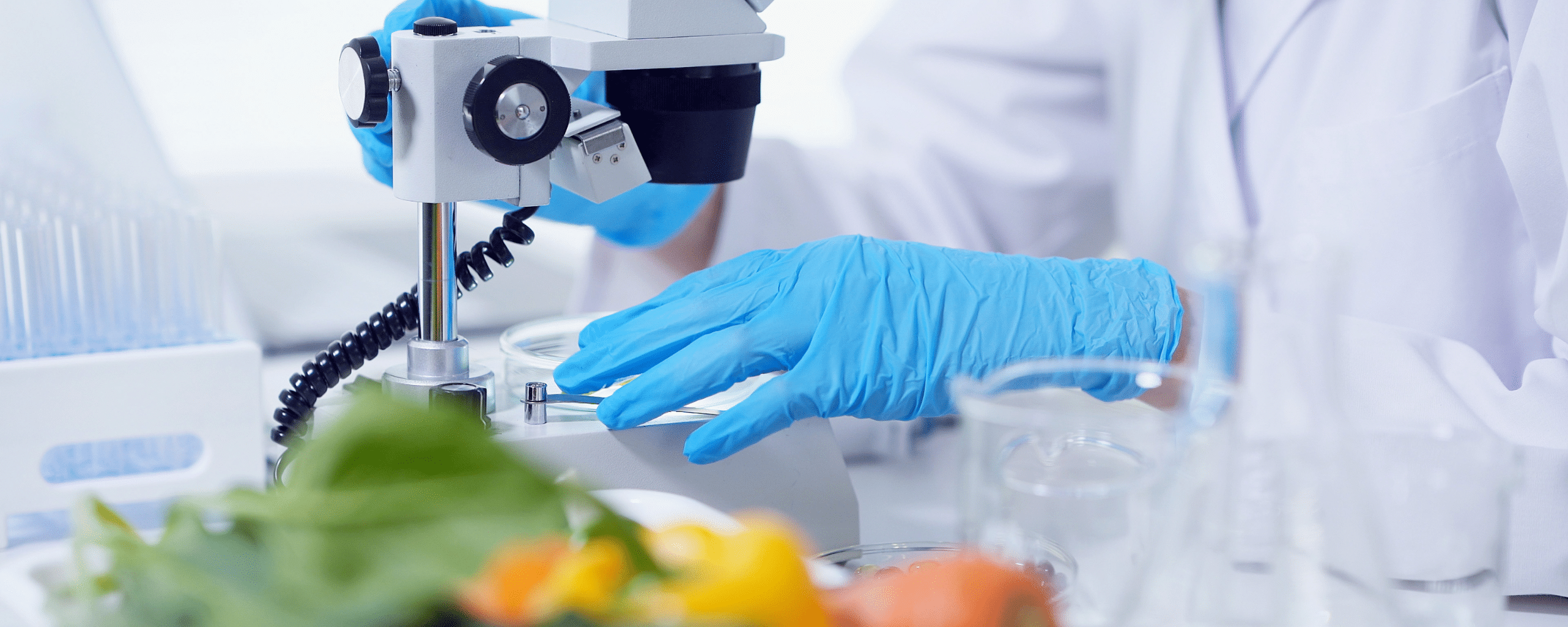

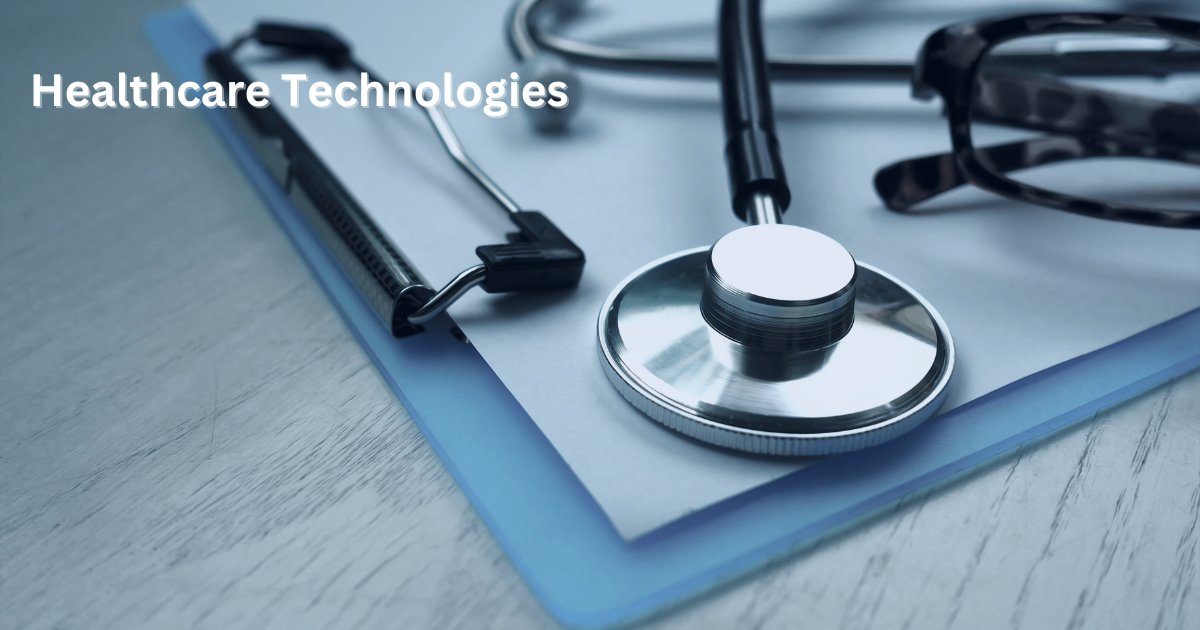

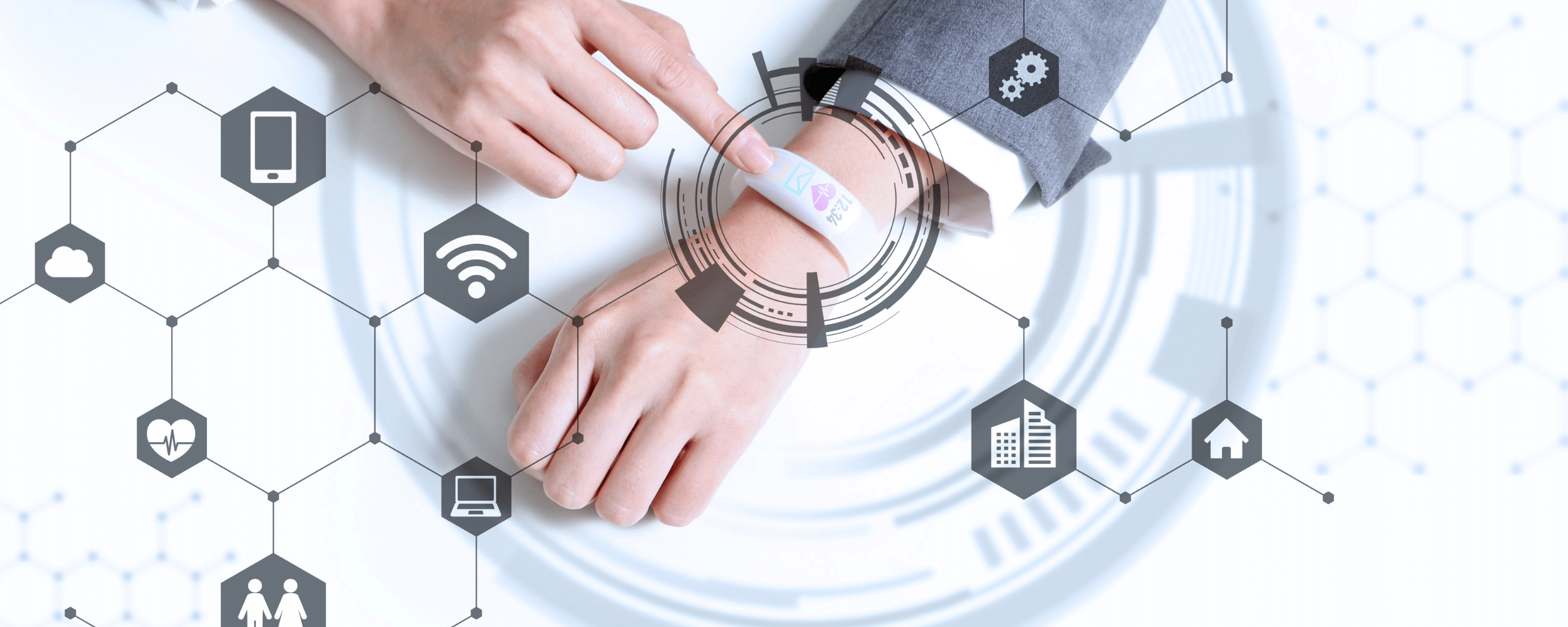

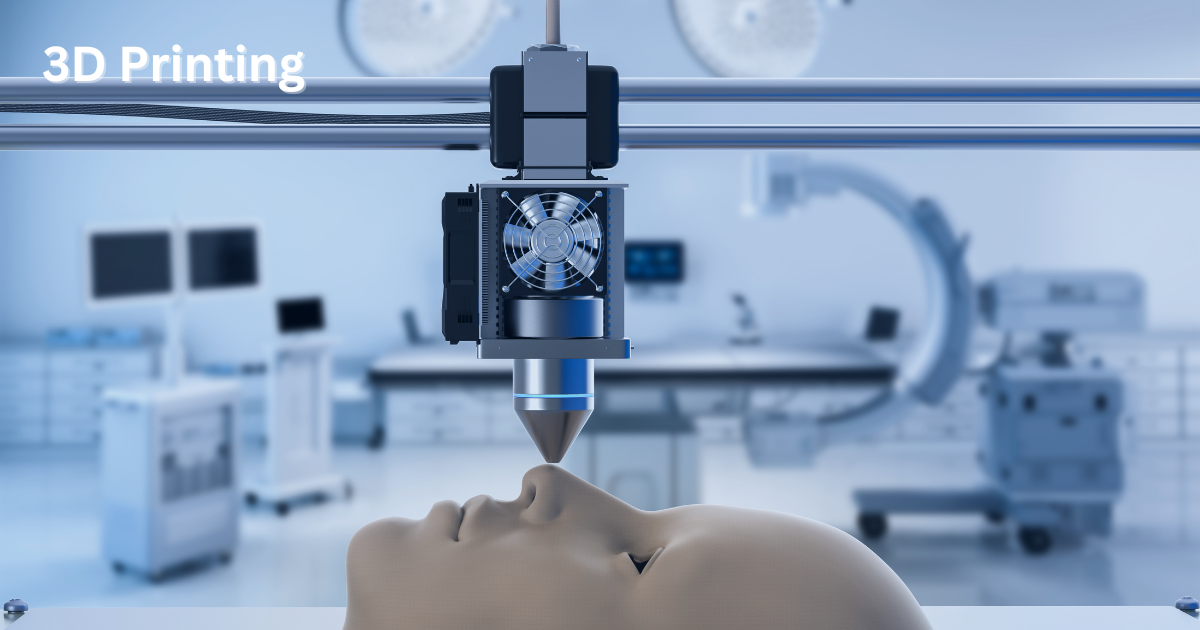


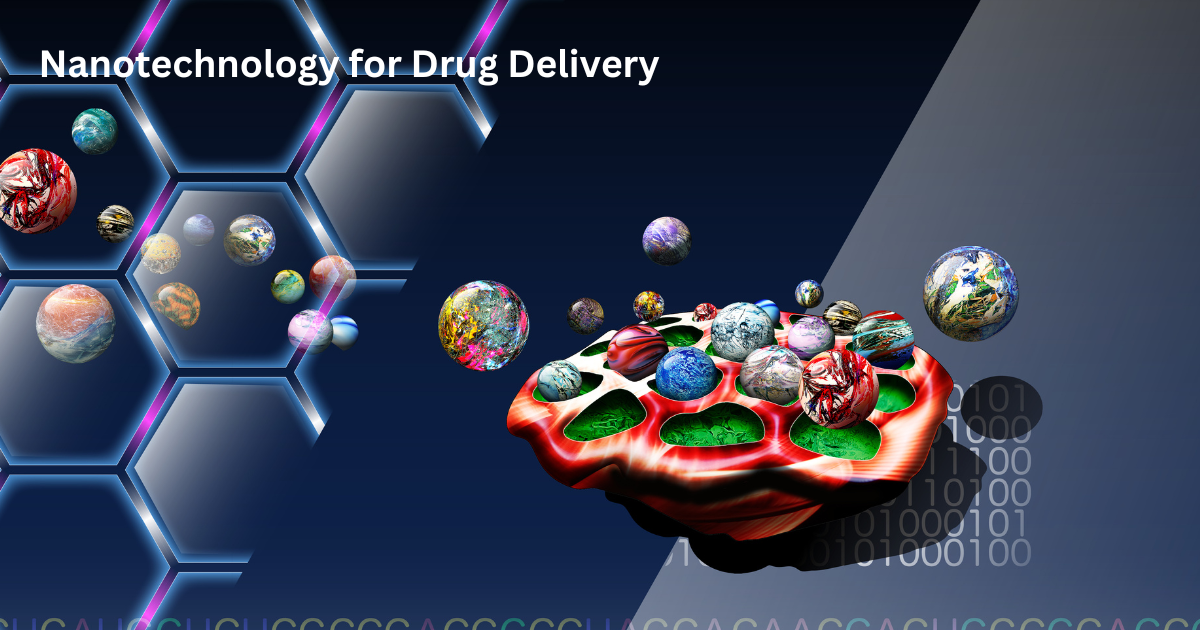

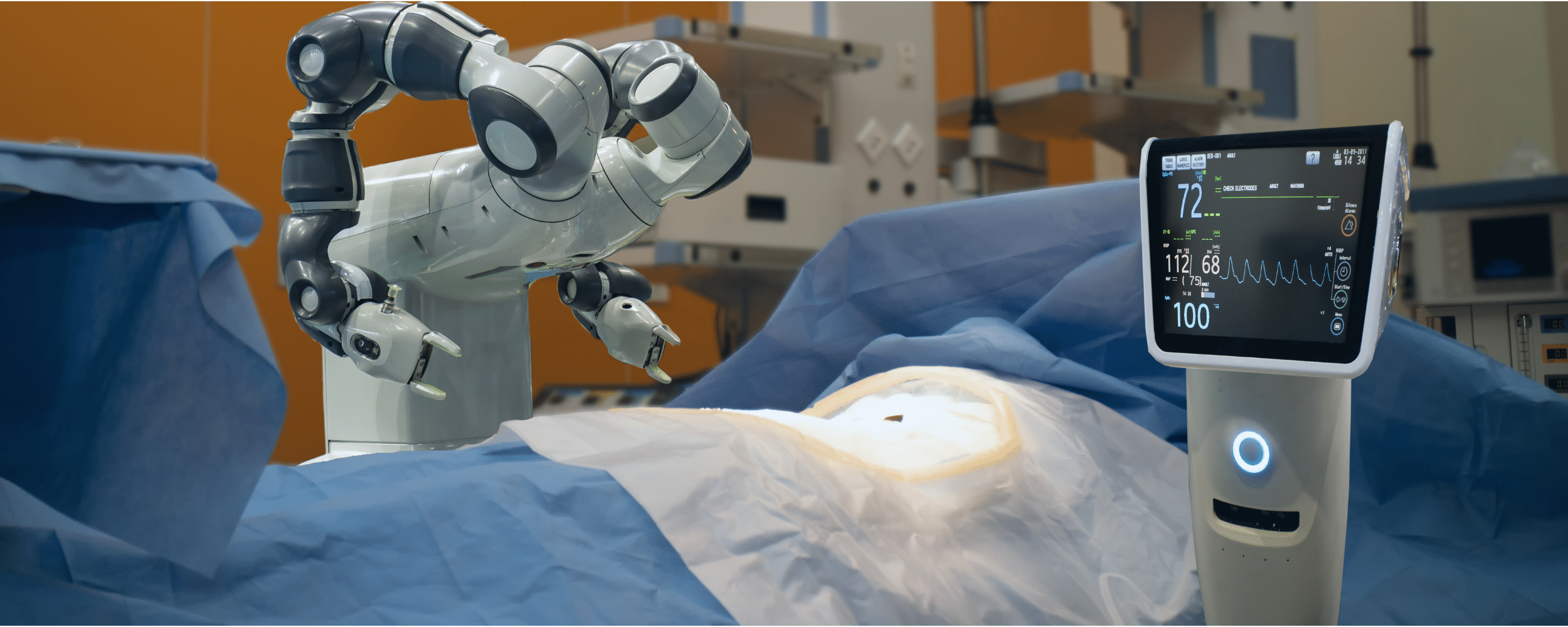
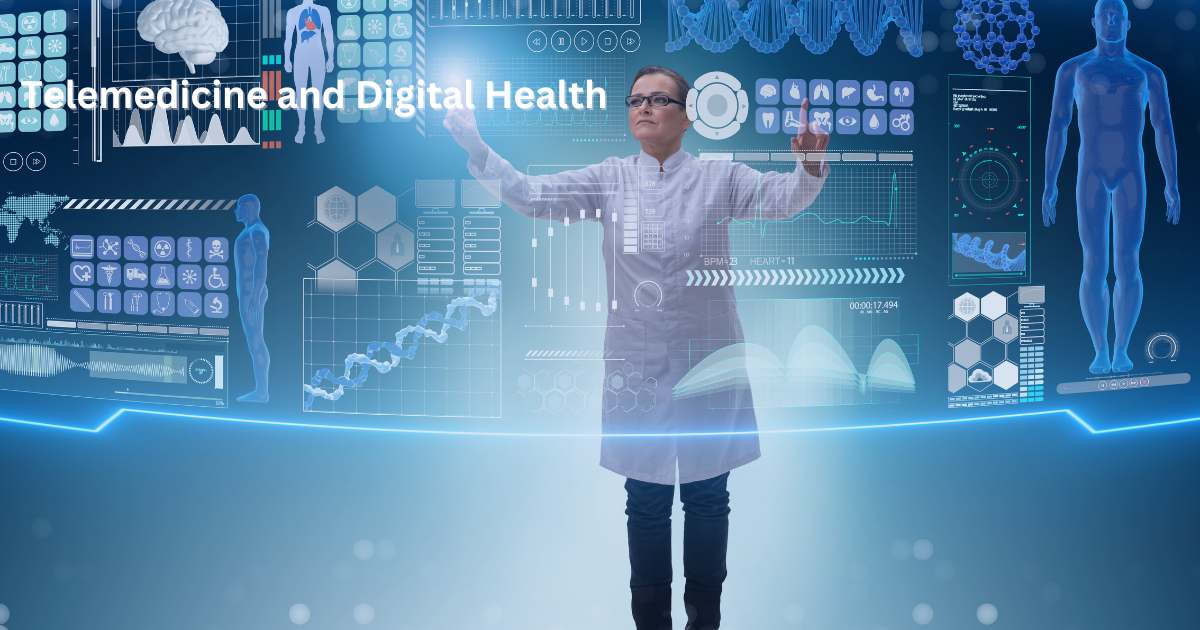

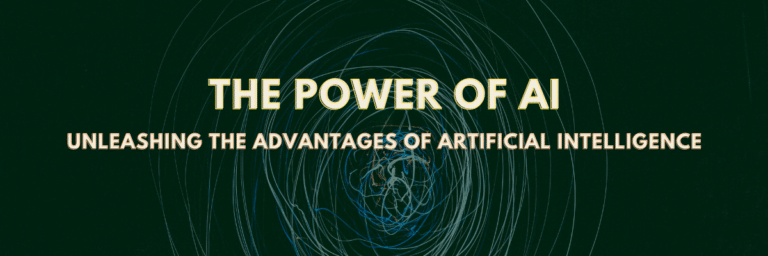



![What is Augmented Reality? | 11 Strategic Benefits of AR for Businesses [2023]](https://saaslyft.com/wp-content/uploads/2023/03/Untitled-design-37-768x309.png)
